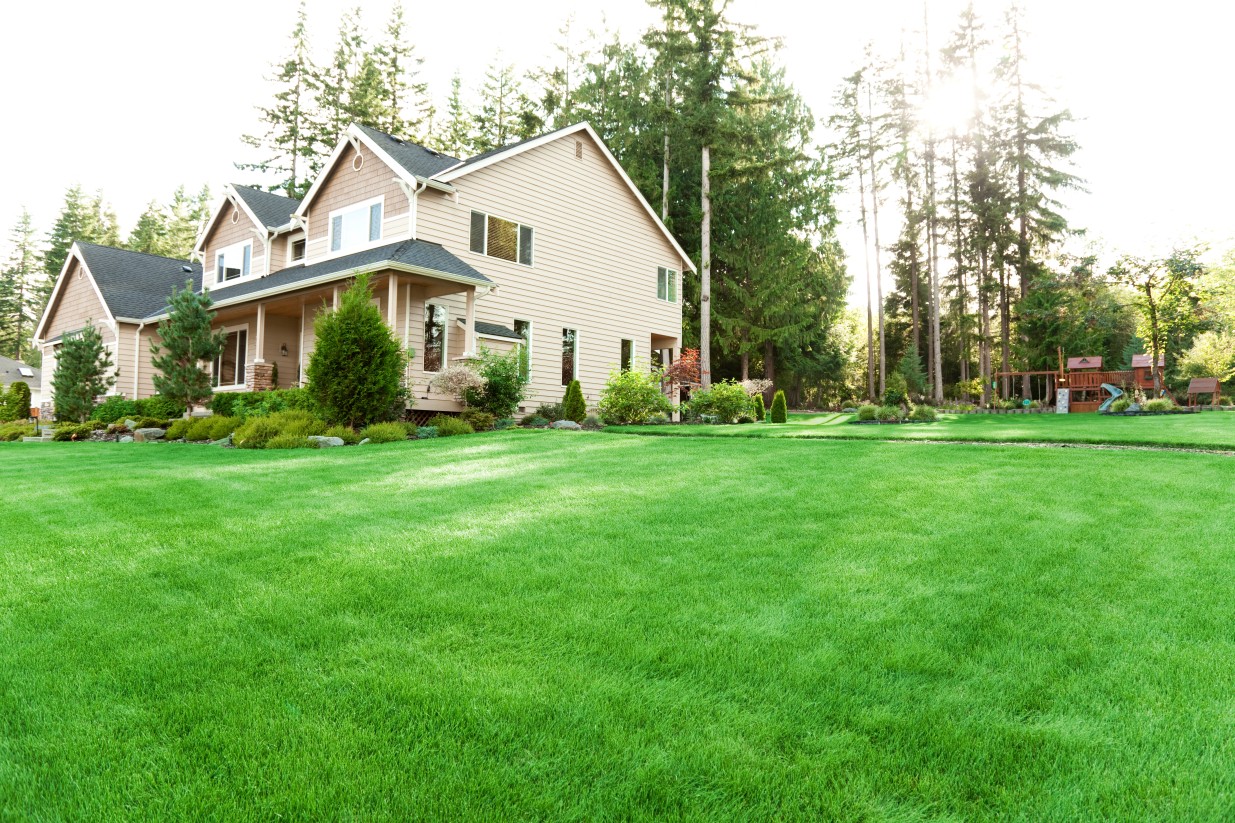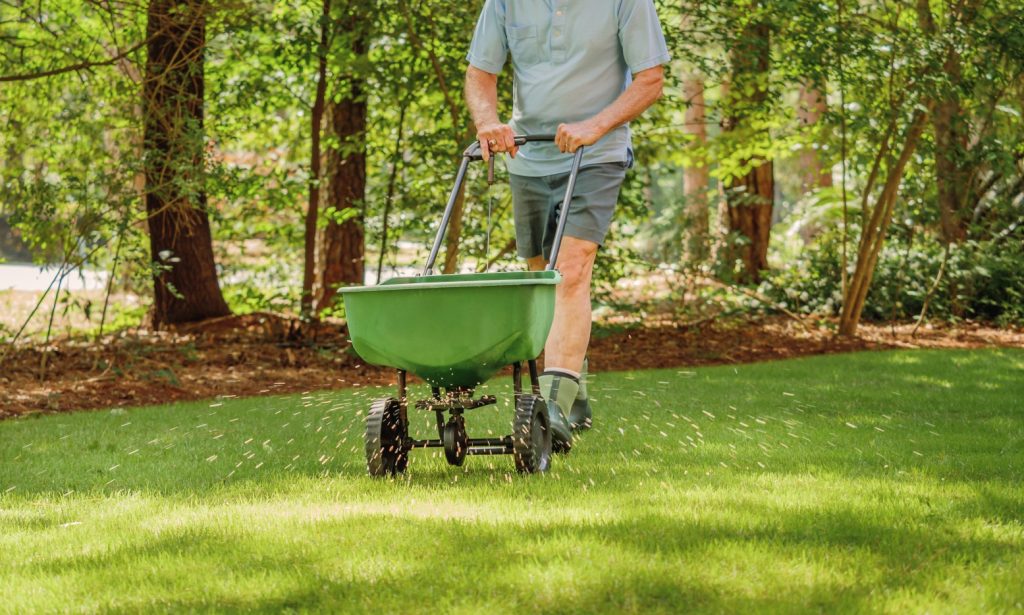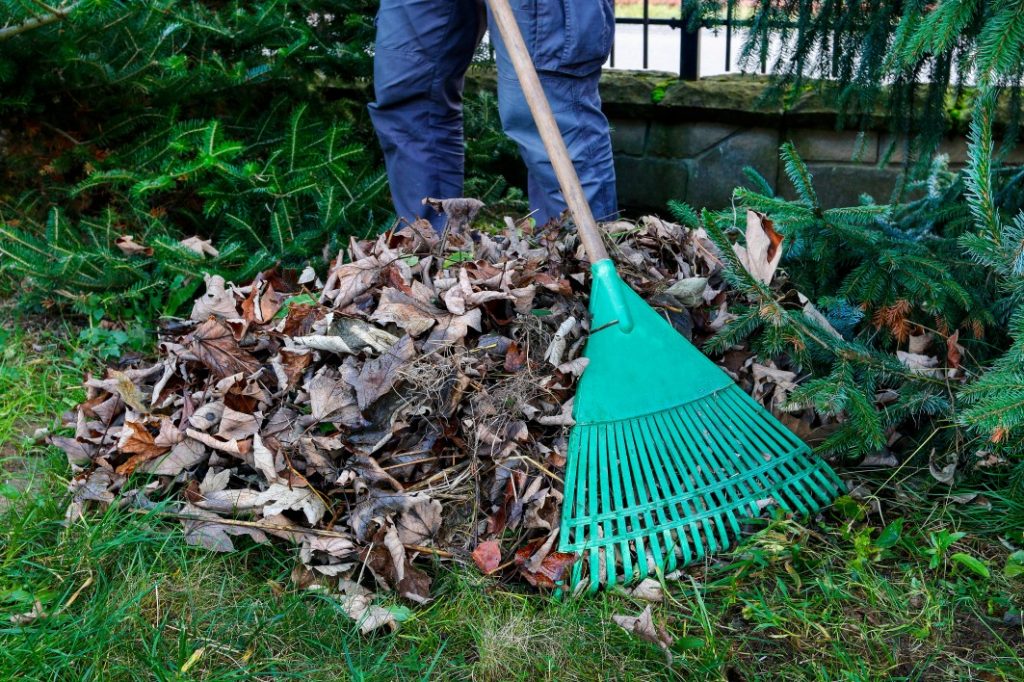How a Rainy Night and Beyoncé Kept DC Metro Running
August 9, 2023
In the captivating world of music and entertainment, artists wield a unique power that extends beyond the boundaries of the stage, leaving an indelible mark on the hearts and minds…

With the summer months drawing near and the warm sun shining down, it’s essential to take some measures to keep your lawn healthy. If you don’t monitor your yard closely enough and it goes brown, there’s no point in having one.
Summer is hot, dry, and long. The soil will dry out, making it hard for plants to thrive. The extreme temperatures may cause the grass to wilt and die. The sun gets so hot that the grass can’t take it anymore, causing it to turn brown and fade away.
With a proper care regimen, you can have a green, vibrant lawn all summer long.
Watering is one of the key elements to keeping your lawn green throughout the summer months. For your grass to stay hydrated and alive, it must be watered regularly. If you want a perfect green lawn in late July, start watering it as early as now.
Water your lawn at least daily. Lawns that aren’t watered often will become dry and brittle. If you can’t water your lawn every week, consider installing an automatic irrigation system.
Deep water your lawn often. Test the water’s depth. Ensure that it reaches down to the root zone. The best times for watering are early morning and around four in the evening. Ensure the water goes down a few inches from your grass and into the surrounding soil.
Some homeowners leave their lawns long and unwieldy. This is a huge mistake. Don’t let your grass grow too tall. Mow your lawn consistently and properly. Don’t scalp it or cut off too much.
To maintain a healthy lawn, leave it between four and six inches tall. A professional yard service can take care of it for you. They’ll ensure that your lawn is precisely trimmed and maintained. They have the tools, equipment, and experience to handle your yard.
Fertilizing is vital for keeping your lawn looking green. There are various fertilizers on the market today, each with its unique nutrients. Select one that is appropriate for your lawn.
You want a fertilizer that will promote strong, healthy growth. It should be capable of producing the lush green grass that you’re looking for.
Organic fertilizers contain all-natural ingredients that promote excellent growth. They aren’t harsh or dangerous for your lawn and won’t hurt your grass in any way. They come in various forms, such as slow-release pellets, quick-release granules, and liquid solutions.
Other fertilizers come from synthetic sources, like concentrated chemicals and minerals. Research online to find a suitable fertilizer.

Weeds are a significant nuisance for many homeowners. They can quickly cover your lawn and create an eyesore. There are dozens of weed-killer products, each with unique ingredients. Look for a weed killer with broad-spectrum coverage and no harmful chemicals.
You should also look at the price. Weed killer products can vary widely in price from one type to another. For weeds that are stubborn or hard to get rid of, use a weed-and-feed product that incorporates good doses of fertilizer as well.
You can effectively control your lawn’s weeds in several other ways. Regularly inspect your grass for weeds, pull them up with their roots, and dispose of them. This is a time-consuming process that you need to do often because weeds grow quickly and can spread rapidly. Make a habit of pulling some weeds each time you visit your lawn.
Landscaping adds a beautiful touch to your property. Plant various trees, shrubs, and other greenery throughout your lawn to give it more character and make it look lush.
Perennial flowers last throughout the summer. Add bold, colorful flowers and accessories like stepping stones and planters to add elegance to your yard.
You should also take care of your lawn’s surrounding area. Add some color by painting or staining the walkways leading up to your home. Look in your local hardware store for all-natural, eco-friendly stain products that will last a long time. A reputable professional can help you get any landscaping projects done.
Mulching is an excellent way to preserve your lawn. Organic mulch is derived from natural sources like bark, leaves, peat, and other plant matter. It promotes good growth in your lawn because it retains moisture and prevents it from drying out.
Mulch also acts as a buffer for weed growth that can grow through the yard’s cracks. Use a small amount of mulch to get the most out of it. You don’t want to bury your lawn. You can also apply the mulch to areas where you’ve planted flowers or other ornamental items.
Don’t keep any unwanted items around your lawn or on it. This includes stones, bricks, wood furniture, and other outdoor materials around your yard. Remove these items so they aren’t dragging or tearing on your lawn.
Sweep up any trash that has accumulated around your yard, like leaves and sticks. Debris build-up is common for many homeowners, especially in areas with rough wind and weather. For your property and to prevent unwanted accidents, store these items safely until you need them again.

Grass needs oxygen to thrive. Aeration is the technique of breaking up and opening up the structure of a lawn to allow more airflow and oxygen to reach grass roots. It involves punching holes in the soil with a tool called an aerator.
This pulls up plugs of soil, allowing oxygen to infiltrate the lawn and reach the roots. Aerating also loosens up compacted dirt, which allows water and fertilizers to penetrate easily.
How often you’ll need to aerate your lawn depends on your property’s size, the soil you have, and how often you’re using your lawn. If your yard is small, aerating once or twice a year may be enough. If it’s larger or you use it more often, you may need to aerate it more frequently.
It’s a simple task. Rent an aerator from a local garden shop, borrow from a friend or neighbor, or buy one and find someone to help you.
It’s important to know what kind of lawn your property has and how to best take care of it. Even if you’re not maintaining your lawn, you need to know what’s best for it. Understand how your property functions and why certain things will make or break your lawn.
There are some types of plants, like trees and shrubs, that can produce a lot of leaves over the summer. These kinds of plants could shade and kill a lot of the grass. Also, the grass is vulnerable to diseases and pests that thrive in overgrown areas.
Consult a professional landscaper if you need help maintaining your lawn. Look online or call a local garden shop to learn more about the kinds of trees and plants native to your area. You can also talk with your neighbors who may have some insight on what kind of care their lawn needs.
Love this article? Don’t forget to bookmark this page or post to your timeline for reference later!